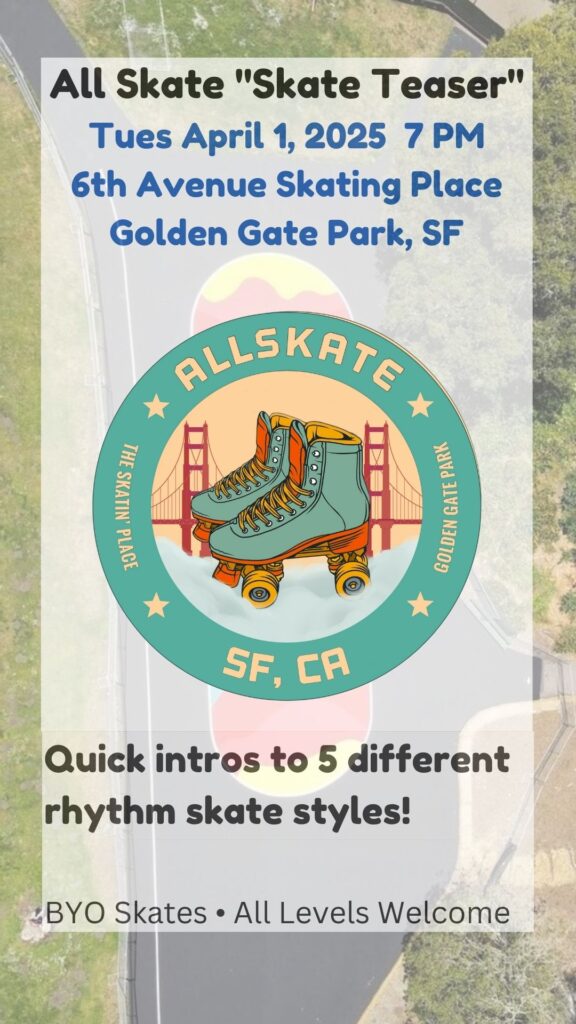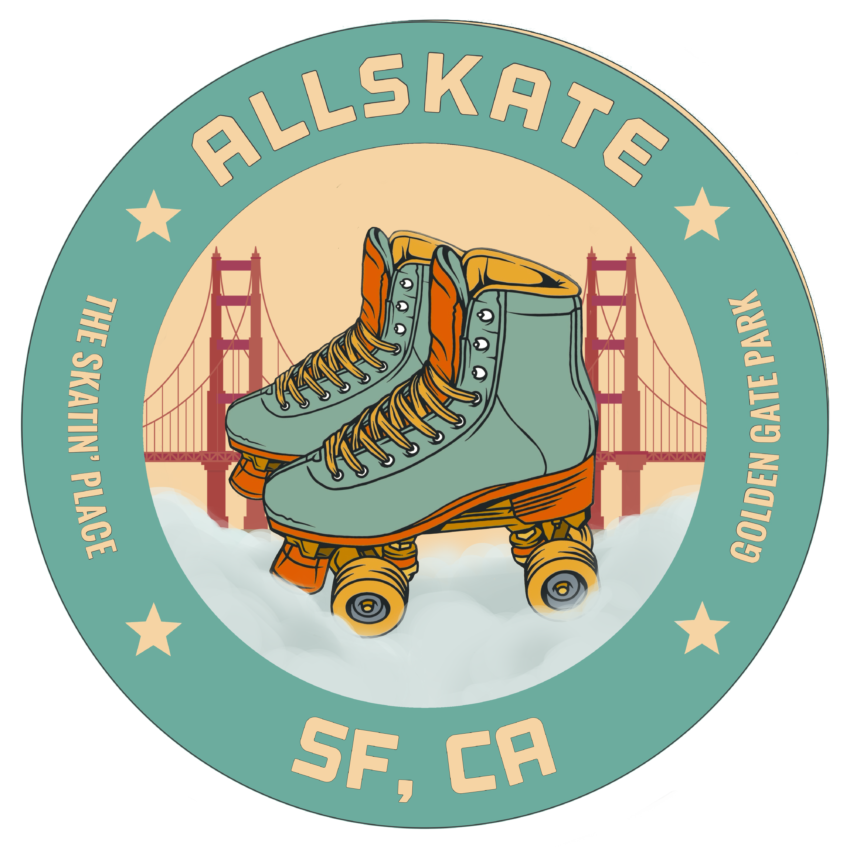Earlier this month, I led a “Rhythm Skate Teaser” at our local rink, which summarizes how I’ve been thinking about how to learn how to roller skate… and learning in general. It was such a great experience for me, and hopefully for the many folks that turned out.
That night, I gave a broad overview of my intentions and goals related to learning and skating. I thought it would be helpful to go into more specifics about my thought process here.
Background
I’ve been an educator for 17 years, and have spent a lot of my professional life thinking about how do people learn best. My pedagogy is rooted in “constructivist learning,” the framework that centers learning as something (1) created individually by each learner, that (2) needs to be experienced and contextualized within their individual worldview, and that (3) is best accomplished in a social context.
As a rhythm skater, this fits neatly into how I observe learning happen at the rink. Last year, I experimented with some ways of creating intentional learning experiences like this. Specifically, I led a workshop on “cyphering” that welcomed all levels of learners, provided opportunities for experimentation and failure, and set time for reflection.
This time around, we looked at learning as expanding your option set by observing, connecting, and sharing with others. E.g. learning as a social activity.
Workshop Structure
The structure of the short “skill share” or workshop that evening was very simple – five demos of five different rhythm skate styles:
- Introduction: goals, intentions and format
- Choreo / Line Dancing: intro and demo by Barbara and friends
- Ballroom / St Louis Style / Partner Skating: intro and demo by Cody, with Addy
- New York/ New Jersey Style: intro and demo by Vinnie
- Freestyle: intro and demo by Deep
- Jam Skating: intro and demo by me
- Final thoughts and reflections
Workshop Goals
A month or so ago, I was thinking about what might be a good workshop to organize at our rink for newer skaters. I asked my skate friend Goose what they thought. Goose replied, “people don’t know what they don’t know.”
I tossed around this wisdom in my head for a while. Out of that came this idea to do several quick intros to multiple skate styles, with insights from the practitioners about what makes that style special.
The evening’s goals were:
- to expose newer skaters to some of the diverse options available to them
- to introduce them to the folks that can help them
- to expand people’s conception of what learning to skate might look like
Goals one and two are pretty clear. It’s goal three that I want to break down a bit more.
Two Central Questions
Really it comes down to two central, and personal, questions: What do you want to learn and How do you learn best?
The first question is important of course: what do you want to learn? It’s not as easy to answer as might seem apparent. There’s SO MUCH one could potentially learn as a newer skater, it’s pretty overwhelming. Just thinking about rhythm skating, there’s JB, ATL, NY/NJ, St. Louis, snapping, jam skating, artistic, ballroom, and more. Beyond rhythm skating, there’s slalom, trail, park / aggressive, street, speed, etc.
The second question is just as important, perhaps even more important, because it informs how you orient yourself to any new thing you want to learn. Put another way, what conditions best support you to learn most efficiently, pleasurably, quickly?
For some people, that might be a structured workshop led by a skilled instructor in a group setting. For others, that might be a series of YouTube videos that they study on their own. Or it might be working one-on-one with another person.
Some people find choreography a helpful framework for learning, and other people find memorizing sequences a barrier to learning. Some learners prefer counts and others don’t.
Finding your own learning style can be tremendously helpful in approaching any new skill that you want to learn.
For me, I learn best with some kind of formal instruction, whether that be online or in person. I like seeing the final goal first, and then being given small, incremental steps to get there. I’m hot and cold on counting, depending on my mood.
Overall I think the workshop was a success. I got to feature skaters in our scene that excel at a specific style and are great ambassadors for it. New folks got an orientation to what dance skating looks like in its many forms and what makes it special and fun. And people got to connect with each other in different ways.
Here’s some clips showing a bit of how it went:
The workshop wrapped up after about 40 swift minutes of demos and reflection. But the learning kept going. It was so gratifying observing the participants afterwards come up to the demo leads, engage in conversation, and try out different exercises. I think we made positive steps toward creating the open, welcoming learning environment that we all want in our rink. And in our lives.


hi